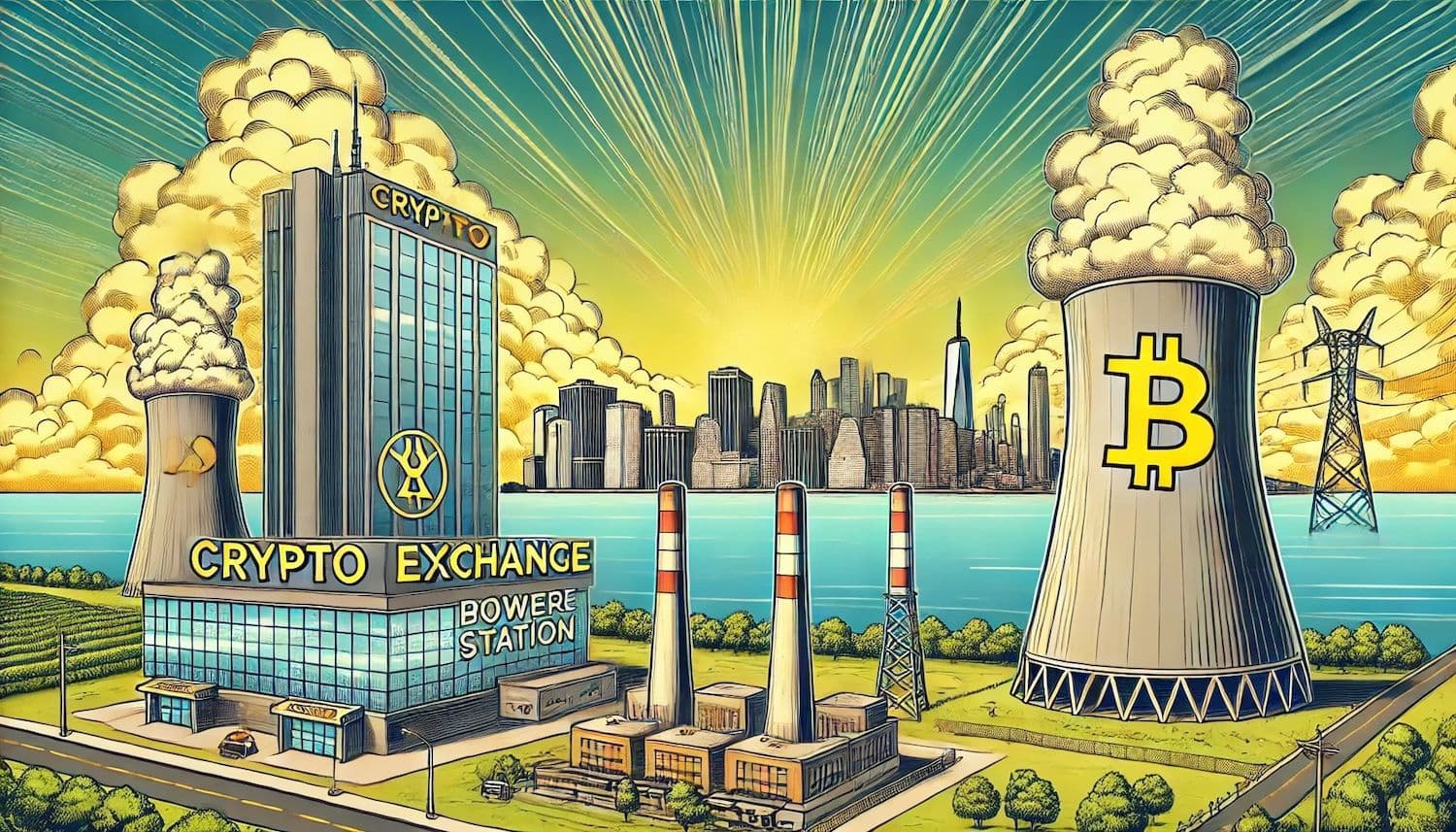Kraken is considering nuclear energy to power its data centers. The move comes amid expected growth in decentralized finance (DeFi) and increased demand for its services.
Vishnu Patankar, Kraken's chief technical officer, revealed this in an exclusive interview with CoinDesk. The company is not planning to build its own reactors. Instead, it's exploring partnerships with energy providers using small modular reactors (SMRs).
SMRs can be co-located with data centers. They aren't constrained by space or weather conditions.
"With institutions moving into the crypto asset class and activity moving on-chain, the need for reliable fiat onramps continues to grow," Patankar said. He emphasized the importance of energy resiliency for supporting crypto ecosystem growth.
The crypto exchange aims to secure its energy supply. This is in response to surging demand from artificial intelligence (AI) and high performance computing (HPC) firms. These sectors are altering the power stability landscape.
Kraken is investigating nuclear power options in North America and Europe. Patankar noted the constant energy demand due to crypto's round-the-clock, global nature.
The company's exploration aligns with a broader trend. More tech companies are seeking deals with nuclear operators to power AI-focused data centers. This was reported by The Wall Street Journal on Tuesday.
Some bitcoin miners are shifting focus. They're now supplying infrastructure for power-hungry AI companies. Core Scientific recently signed a deal with AI firm CoreWeave.
Patankar highlighted the potential benefits of nuclear backup. It would allow Kraken to operate during major disruptions to local energy supply. This redundancy protects the firm's ability to offer continuous services globally.
The CTO anticipates a significant boom in DeFi. This could exponentially increase Kraken's energy needs in the future. While a final decision is pending, nuclear power is under serious consideration. Patankar cited limitations of alternatives like wind and solar, which are weather-dependent.

